Hey there everyone!
Today I am joining my girls from The Reading Crew to bring you THE most amazing blog posts and FREEBIES!
I am sure that if you are reading this article you are probably a teacher in the primary grades. More than likely, the majority of your readers are at the emergent level of reading… and this means that you are providing your students with guided reading instruction that is going to move them from “learning to read” to “reading to learn.” One of the most effective ways to cross this bridge is through close reading. I blogged about the differences between guided reading and close reading HERE!
1. WHAT IS CLOSE READING?
2. HOW TO CHOOSE CLOSE READING PASSAGES
3. CLOSE READING IN THE PRIMARY GRADES
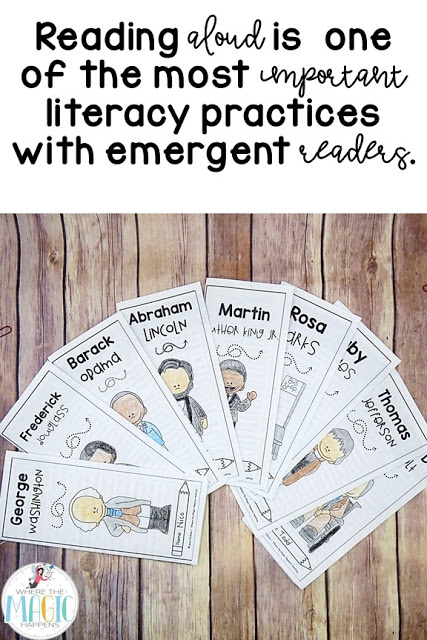 |
| You can get these close reading brochures in my TPT store or by clicking HERE! |
4. AND WHAT ABOUT ANNOTATIONS?
- My emergent writers will take FOR-E-VER in getting an annotation down on paper.
- My emergent writers will start asking the typical: ‘how do you spell _____?”
- My emergent writers are not developmentally ready to write in tiny patterns that will fit on the side of the paper.
- I had my students use words like: WOW, OMG, LOL, YUCK, UGH, etc. Which you might think is probably not best practice. But it certainly was perfectly appropriate for my students to focus on their thinking and understanding of the text, rather than on the spelling of words.
- I had my emergent writers draw on the side of the paper as well. If there is a vocabulary word that they have inferred using context clues, I was always eager to see them “show” me their thinking.
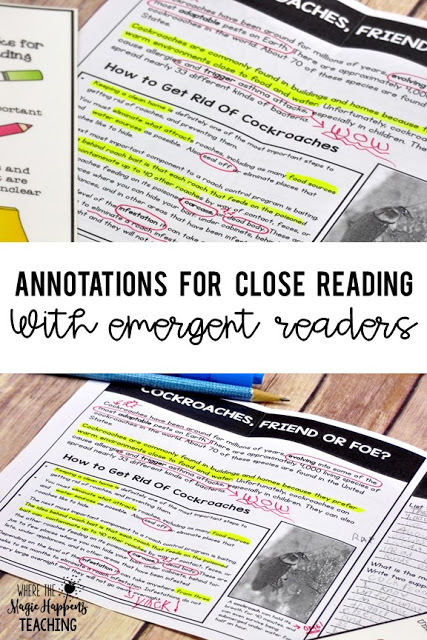 |
| You can get these brochures from my TPT store or by clicking HERE! |
5. WHY CLOSE READING MATTERS
- Close reading gives you ample opportunity to model how to read with fluency and expression.
- Close reading leads your students to uncover deeper levels of meaning with the three phases of close reading. The phases are: what does the text say? How does the text work? and What does the text mean? Now, I don’t consider these phases “the steps in a close reading lesson,” rather, they help me organize and plan for text-dependent and text-specific questions.
- Speaking of… Text-specific and text- dependent questions are KING when it comes to close reading. They should be done orally and in writing. If you are conducting a close reading lesson and your students are silent and you are the only one talking, then you are NOT really doing close reading. You are just simply helping them answer a worksheet. Close reading is so much more than that. Close reading is interactive, full of thoughts, emotions, and questions. Students should be learning from each other, and each question MUST take them back into the text. I will be blogging some more about this next month.
- Close reading, allows you to target a handful of reading, writing, listening, and speaking standards… with only ONE passage!
- Close reading is plain good teaching… and good teaching will always lead to amazing test results.
I also did a FB live on this topic, you may watch it HERE!
Don’t forget to enter the Rafflecopter to win amazing prizes!!
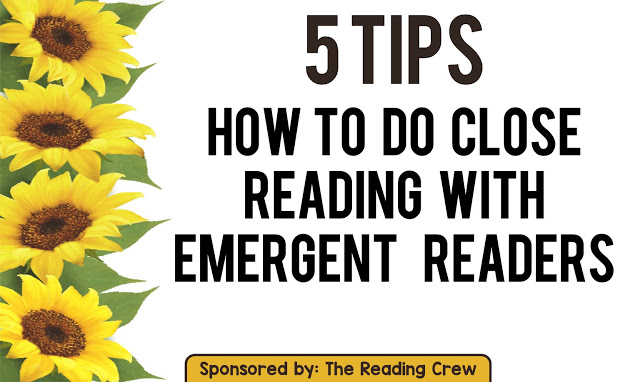
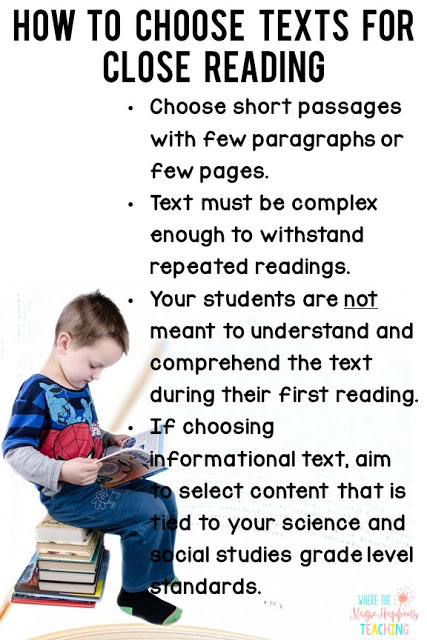

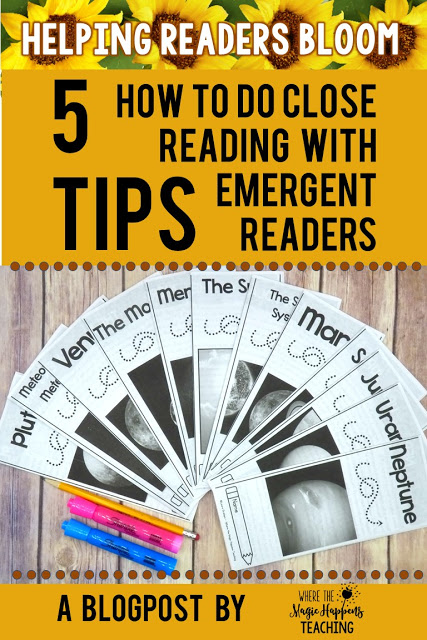
Leave a Reply